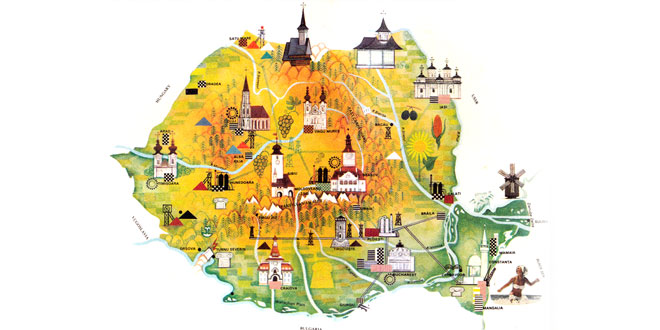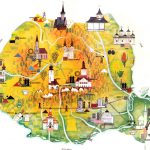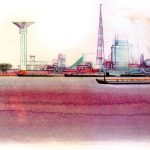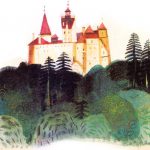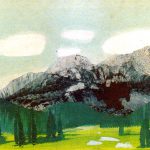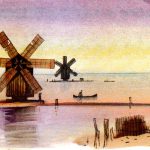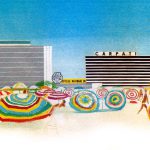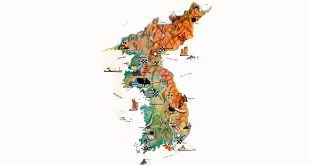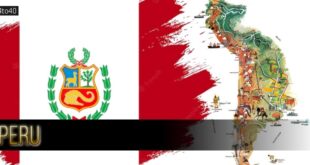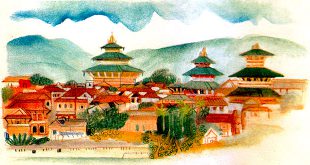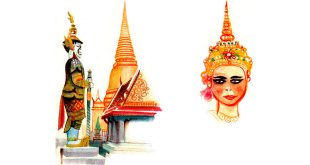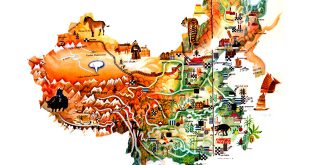Capital: Bucharest (Bucuresti)
Location: In south-eastern Europe on the Black Sea coast; bordered on land by the USSR on the north and east, Bulgaria on the south, and Hungary and Yugoslavia on the west
Area: 237,500 sq km
National composition: Romanians (88%), Hungarian, German and Gypsy minorities
Religions: Eastern Orthodox, Protestant minority
Official language: Romanian
Currency: Leu = 100 bani
Administrative divisions: A total of 41 counties (Romanian: județe), along with the municipality of Bucharest, constitute the official administrative divisions of Romania.
Other major cities: Brasov, Timisoara, Cluj-Napoca, Constanta, Iasi
Highest elevation: Moldoveanu (2,543 m) in the Fagarasului Mountains
Chief rivers: Danube (Dunarea) and its tributaries
Climate: Continental in the east; the west comes under the influence of air masses originating in the Atlantic Ocean; Mediterranean along the coast
Much of Romania is taken up by an arc of the East Carpathians and the South Carpathians (also known as the Transylvanian Alps). These fold mountain ranges, which belong to the Alpine system, are separated by the Predeal Pass. The highest peak in the Transylvanian Alps is in the Fagarasului Mountains. The large upland area bounded by the curve of the mountains is known as the Transylvanian Plain. In the west is a fertile, low-lying extension of the Great Hungarian Plain. Another lowland, the Wallachian Plain, lies between the Transylvanian Alps and the Danube in the south. Most of Romania’s rivers rise in the Carpathians, which contain numerous lakes. There are also many lakes in the coastal plains.
Alpine meadows in remote mountain regions and large tracts of marshland inundated by seasonal floods contain the original, undisturbed vegetation and animal life. Elsewhere the original vegetation has been greatly modified by human activity. The marshland, with its thick growths of reeds, gives way in drier areas to grassy steppes and deciduous woodland. At higher altitudes, the deciduous trees merge into coniferous forests. Typical Romanian animals include the bear, boar, lynx, red deer, wolf and many species of waterfowl.
Farmland covers 63 per cent of Romania and, in 1980, agriculture employed 29 per cent of the work force, accounting for 18 per cent of the gross domestic product. Leading crops include cereals, flax, fruit, hemp, maize, potatoes, soya, beans, sugar beet, sunflower seeds and vegetables. In 1982 there were 17.3 million pigs and 6.1 million cattle.
Industry employed 36 per cent of the work-force in 1980, accounting or 57 per cent of the GDP. The chief natural resources are oil and natural gas, but the country also has deposits of bauxite, chromium, coal, copper, gold, iron ore, non-ferrous metals, rock salt, silver, sulphur, uranium and zinc.
Manufacturing industries have expanded greatly in the last 20 years. Engineering is the leading sector. Machine tools, vehicles and equipment for cement works and shipyards are important, as is shipbuilding. The food-processing, chemical and timber industries are expanding. Romania’s per capita gross national product in 1981 was US $2,540.
Besides its railways and roads, river transport on the Danube is important. Romania also has a merchant fleet and operates its own airline, called Tarom. Romania has a large and growing tourist trade based on its coast and its mountain resorts.
 Kids Portal For Parents India Kids Network
Kids Portal For Parents India Kids Network
